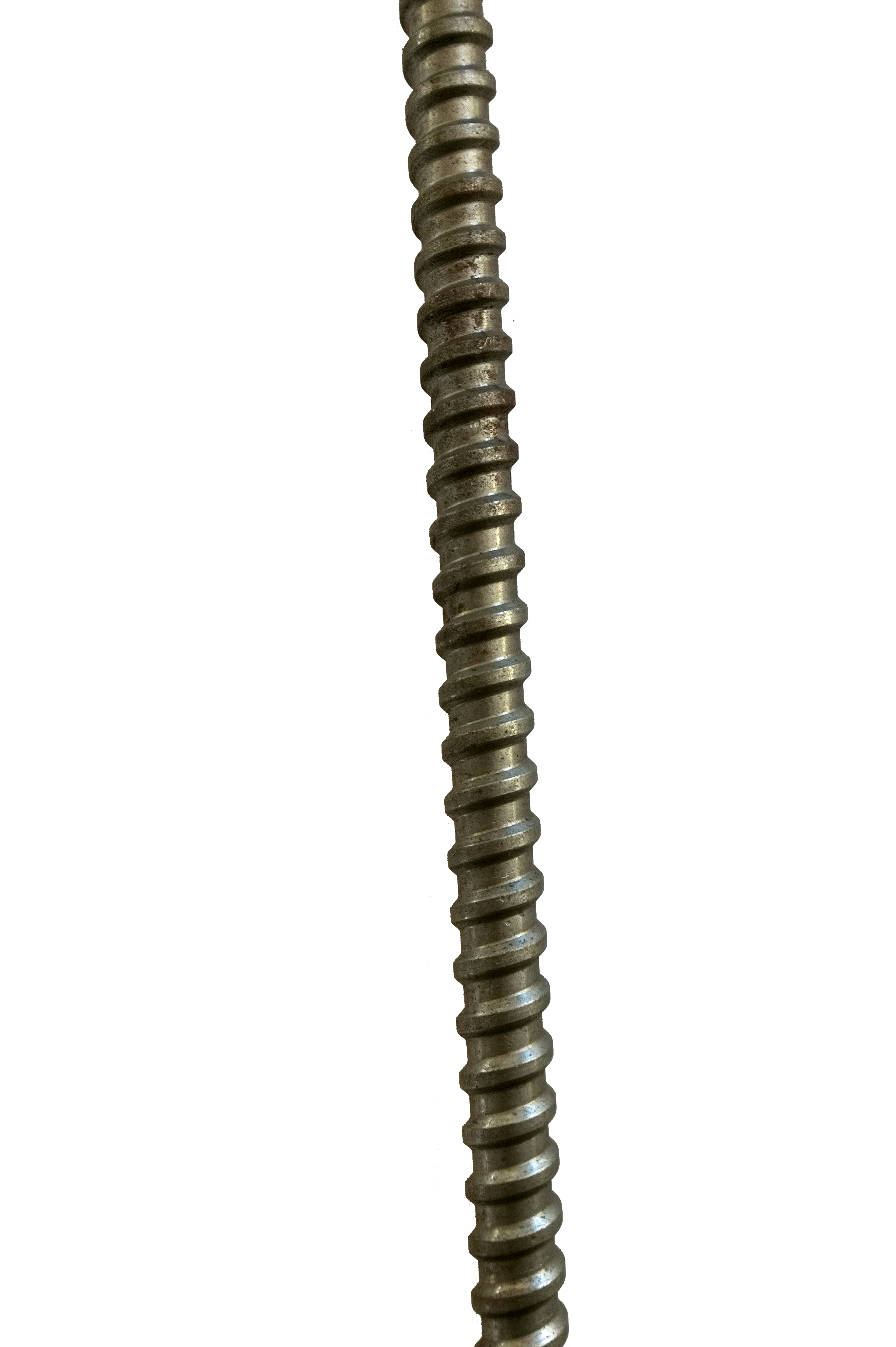
-
 Afrikaans
Afrikaans -
 Albanian
Albanian -
 Amharic
Amharic -
 Arabic
Arabic -
 Armenian
Armenian -
 Azerbaijani
Azerbaijani -
 Basque
Basque -
 Belarusian
Belarusian -
 Bengali
Bengali -
 Bosnian
Bosnian -
 Bulgarian
Bulgarian -
 Catalan
Catalan -
 Cebuano
Cebuano -
 Corsican
Corsican -
 Croatian
Croatian -
 Czech
Czech -
 Danish
Danish -
 Dutch
Dutch -
 English
English -
 Esperanto
Esperanto -
 Estonian
Estonian -
 Finnish
Finnish -
 French
French -
 Frisian
Frisian -
 Galician
Galician -
 Georgian
Georgian -
 German
German -
 Greek
Greek -
 Gujarati
Gujarati -
 Haitian Creole
Haitian Creole -
 hausa
hausa -
 hawaiian
hawaiian -
 Hebrew
Hebrew -
 Hindi
Hindi -
 Miao
Miao -
 Hungarian
Hungarian -
 Icelandic
Icelandic -
 igbo
igbo -
 Indonesian
Indonesian -
 irish
irish -
 Italian
Italian -
 Japanese
Japanese -
 Javanese
Javanese -
 Kannada
Kannada -
 kazakh
kazakh -
 Khmer
Khmer -
 Rwandese
Rwandese -
 Korean
Korean -
 Kurdish
Kurdish -
 Kyrgyz
Kyrgyz -
 Lao
Lao -
 Latin
Latin -
 Latvian
Latvian -
 Lithuanian
Lithuanian -
 Luxembourgish
Luxembourgish -
 Macedonian
Macedonian -
 Malgashi
Malgashi -
 Malay
Malay -
 Malayalam
Malayalam -
 Maltese
Maltese -
 Maori
Maori -
 Marathi
Marathi -
 Mongolian
Mongolian -
 Myanmar
Myanmar -
 Nepali
Nepali -
 Norwegian
Norwegian -
 Norwegian
Norwegian -
 Occitan
Occitan -
 Pashto
Pashto -
 Persian
Persian -
 Polish
Polish -
 Portuguese
Portuguese -
 Punjabi
Punjabi -
 Romanian
Romanian -
 Russian
Russian -
 Samoan
Samoan -
 Scottish Gaelic
Scottish Gaelic -
 Serbian
Serbian -
 Sesotho
Sesotho -
 Shona
Shona -
 Sindhi
Sindhi -
 Sinhala
Sinhala -
 Slovak
Slovak -
 Slovenian
Slovenian -
 Somali
Somali -
 Spanish
Spanish -
 Sundanese
Sundanese -
 Swahili
Swahili -
 Swedish
Swedish -
 Tagalog
Tagalog -
 Tajik
Tajik -
 Tamil
Tamil -
 Tatar
Tatar -
 Telugu
Telugu -
 Thai
Thai -
 Turkish
Turkish -
 Turkmen
Turkmen -
 Ukrainian
Ukrainian -
 Urdu
Urdu -
 Uighur
Uighur -
 Uzbek
Uzbek -
 Vietnamese
Vietnamese -
 Welsh
Welsh -
 Bantu
Bantu -
 Yiddish
Yiddish -
 Yoruba
Yoruba -
 Zulu
Zulu
High-Performance Wire Thread Rolling Machines for Precision Industrial Applications and Enhanced Efficiency
The Evolution and Importance of Wire Thread Rolling Machine Companies
In the vast landscape of manufacturing, wire thread rolling machines have established themselves as indispensable tools in the production of various threaded components. These machines are vital in industries ranging from automotive to aerospace, serving the crucial function of creating durable, precise, and high-quality threads on metal rods. Companies specializing in wire thread rolling machines have evolved significantly to meet the growing demands of these sectors.
Historical Context
The inception of wire thread rolling technology can be traced back several decades when the need for efficient and cost-effective methods of creating threads became apparent. Traditional machining processes were often slow and yielded lower precision, which led to challenges in meeting stringent industry standards. As manufacturing technology advanced, the introduction of thread rolling machines revolutionized the way these components were produced. Companies quickly recognized the advantages of rolling threads as opposed to cutting them, including reduced material waste and enhanced strength of the threaded parts.
The Mechanism of Thread Rolling
Wire thread rolling machines operate on a simple yet effective principle. Instead of removing material, these machines deform the metal by rolling it between two or more dies. This process not only preserves the integrity of the material but also improves its structural properties by creating a work-hardened surface. The precision with which modern machines can produce threads has significantly improved, leading to tighter tolerances and better performance in end products. This has established wire thread rolling as the preferred method for manufacturing a variety of fasteners, screws, and bolts.
Innovations and Advancements
wire thread rolling machine company

In recent years, wire thread rolling machine companies have focused on innovation to enhance their offerings. The integration of advanced technology such as automation, computer numerical control (CNC), and robotics has transformed the industry. Automated machines can now produce threads at a faster rate while maintaining consistent quality, reducing human error and labor costs. Additionally, CNC technology allows for complex thread profiles and shapes that were previously unattainable, further expanding the applications of thread rolling.
Furthermore, companies have begun to adopt sustainable practices in their operations. The move towards eco-friendly manufacturing is evident, with many firms investing in energy-efficient machines and recycling scrap metal generated during the production process. This not only benefits the environment but also reduces operational costs, creating a win-win situation for both manufacturers and consumers.
Challenges and Industry Outlook
Despite the many advancements, wire thread rolling machine companies face several challenges. The global supply chain disruptions, labor shortages, and fluctuating raw material costs can impact production timelines and profitability. Additionally, as industries evolve, there is a constant need for companies to adapt and innovate to keep pace with emerging technologies and market demands.
The future of wire thread rolling machines appears robust, with continued growth projected in various sectors. As industries increasingly lean towards automation and precision manufacturing, the demand for high-quality threaded components will rise. Companies that prioritize research and development, customer feedback, and technological advancements will likely sustain a competitive edge in this evolving market.
Conclusion
Wire thread rolling machine companies play a crucial role in modern manufacturing, enabling efficient and precise thread production that meets the demands of various industries. The continuous innovations in technology and sustainable practices illustrate the industry’s commitment to excellence and adaptability. As we move forward, these companies will remain at the forefront of manufacturing, driving advancements that shape the future of threaded components worldwide.
